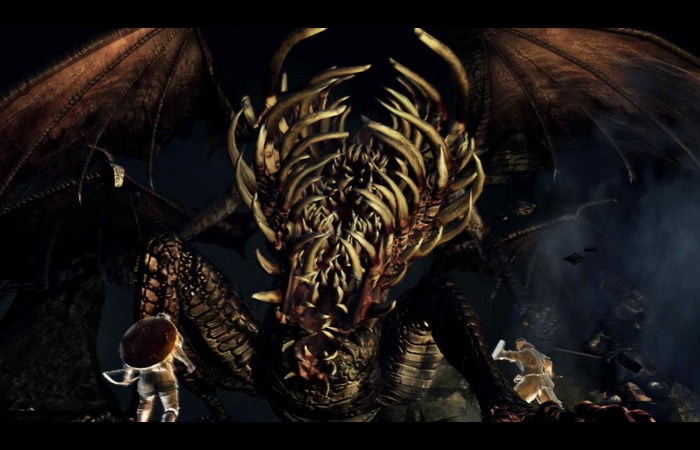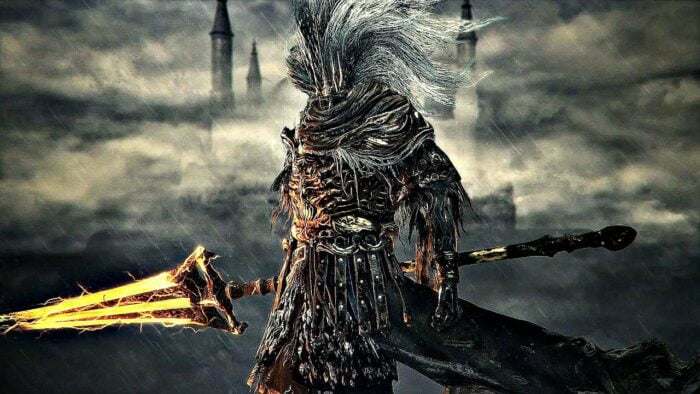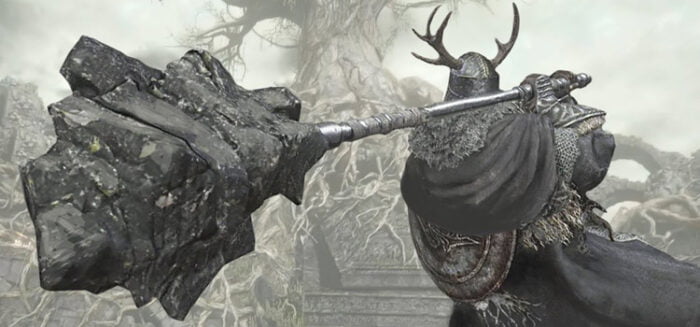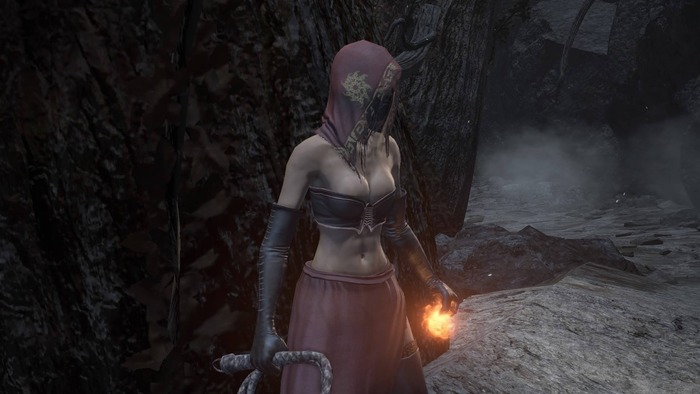Mastering the Dark Souls Boss Order: A Comprehensive Guide
Understanding the Dark Souls Boss Order
Dark Souls Boss Order is one of the key elements to mastering this challenging game. This guide aims to help you navigate through the world of Lordran, taking on each boss in an order that facilitates progression and survival.
Let’s delve in.
Common Dark Souls Boss Order
Each boss presents a unique challenge in the merciless universe of Dark Souls. To help you prevail, this guide details the optimal order of tackling these formidable foes, offering tips and strategies to ensure your victory.
The standard boss order, according to numerous Dark Souls veterans on Reddit, is as follows:
- Asylum Demon
- Taurus Demon
- Bell Gargoyles
- Moonlight Butterfly (optional)
- Capra Demon
- Gaping Dragon
- Chaos Witch Quelaag
- Iron Golem
- Ornstein and Smough
This order might vary depending on your preferred playstyle and the specific character build you choose. However, it represents a generally accepted sequence that balances difficulty with character progression.
Detailed Breakdown of the Dark Souls Boss Order
Asylum Demon
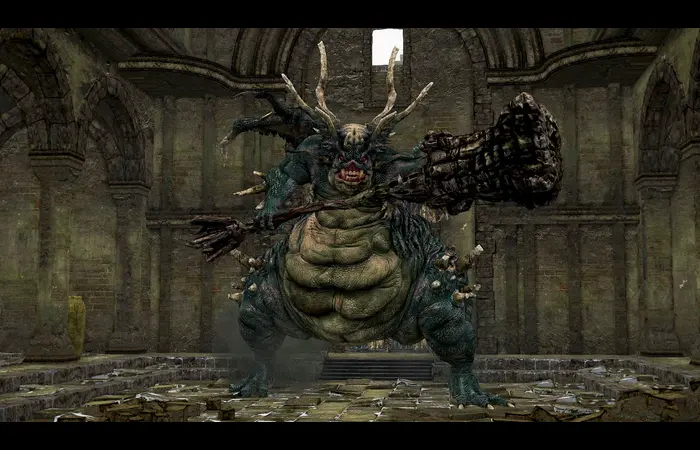
Your first boss encounter in Dark Souls occurs in the Undead Asylum. Asylum Demon is your introduction to the unforgiving world of Dark Souls.
Taurus Demon
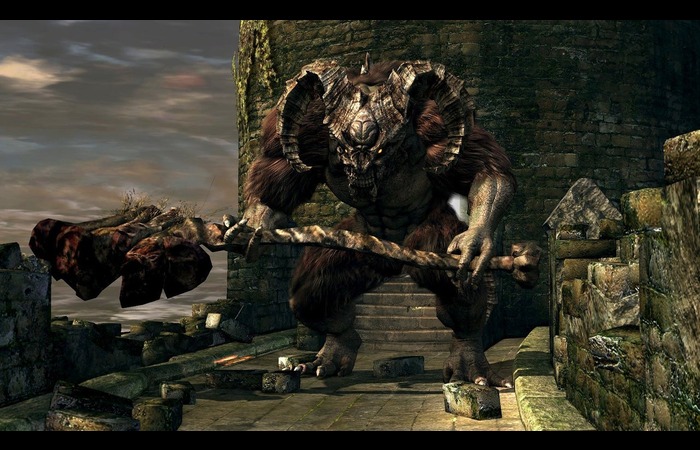
The Taurus Demon awaits atop the battlements of the Undead Burg. Remember to watch your surroundings during this fight, as the narrow bridge can be both a boon and a bane.
Bell Gargoyles
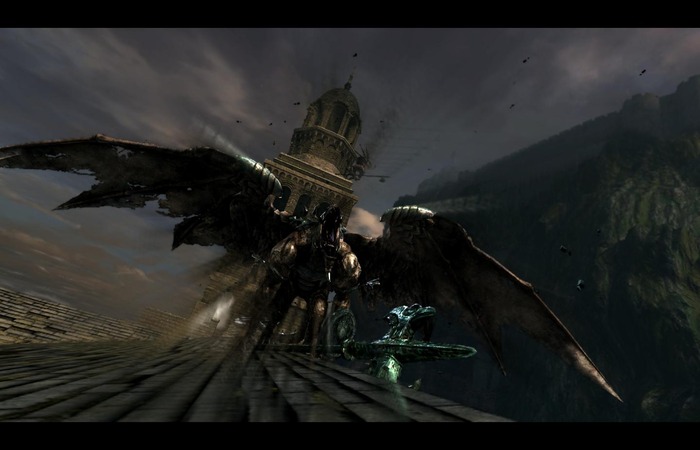
The Bell Gargoyles guard the first bell of awakening in the Undead Parish. This is the game’s first multi-enemy boss fight, teaching the importance of managing multiple threats simultaneously.
Moonlight Butterfly (Optional)
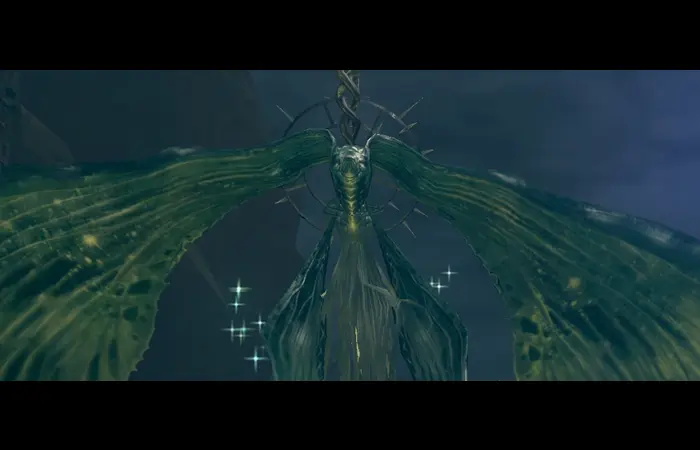
The Moonlight Butterfly is an optional boss in the Darkroot Garden. The fight tests your endurance and dodging skills, primarily using ranged magical attacks.
Capra Demon
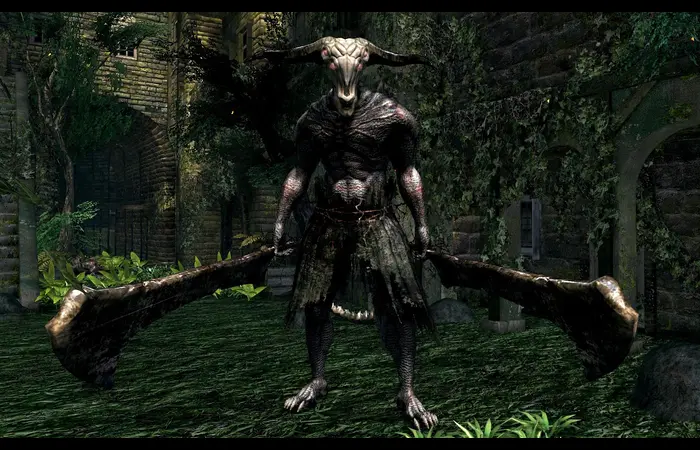
The Capra Demon, residing in the Lower Undead Burg, is a daunting foe. The confined battle area and the presence of hostile dogs make this fight a significant challenge.
Gaping Dragon
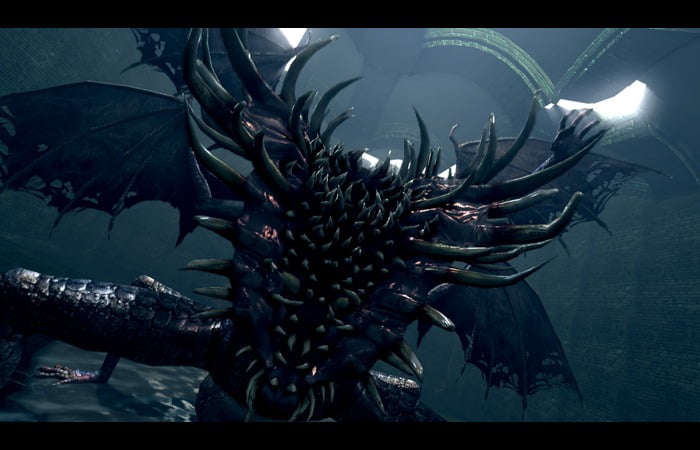
The Depths’ Gaping Dragon is a test of patience. Its massive health pool and hard-hitting attacks can be punishing if you’re not cautious.
Chaos Witch Quelaag
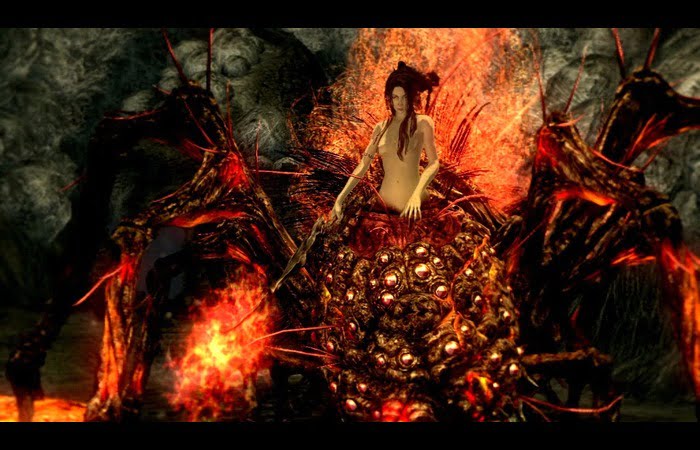
Chaos Witch Quelaag, found in Blighttown, is the gatekeeper to the second Bell of Awakening. Her fiery attacks can be deadly, but with the right strategy, she can be overcome.
Iron Golem

The Iron Golem is a daunting adversary situated at the top of Sen’s Fortress. Avoid his sweeping attacks and aim for his legs to bring this giant down.
Ornstein and Smough
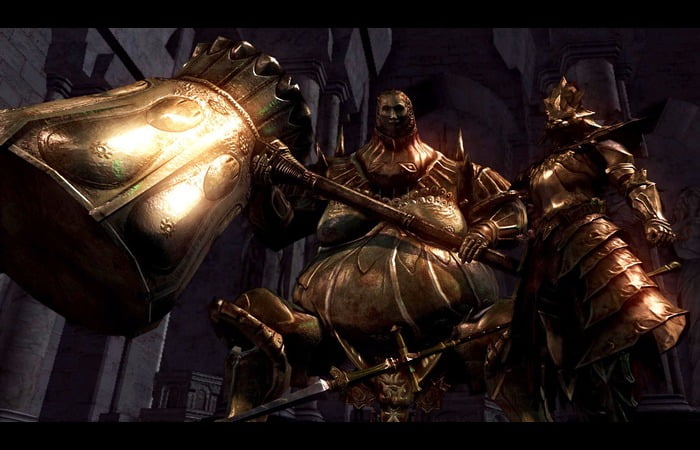
Ornstein and Smough, located in Anor Londo, are the game’s most infamous boss duo. Their complementary attack styles and ability to heal mid-fight make this encounter a test of your Dark Souls mastery.
Additional Bosses: Further Challenges
While the bosses above form the core progression path, Dark Souls offers optional bosses that provide additional challenges and rewards. These include the Stray Demon, the Four Kings, the Demon Firesage, and the Crossbreed Priscilla.
Stray Demon (Optional)
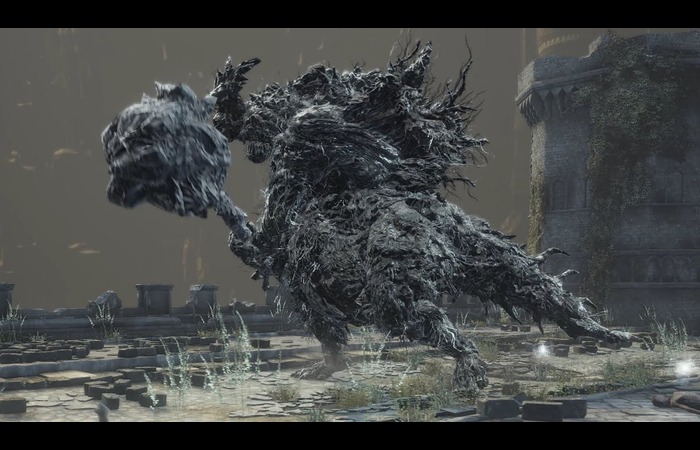
The Stray Demon, a more robust version of the Asylum Demon, can be found when you return to the Undead Asylum later in the game.
Four Kings
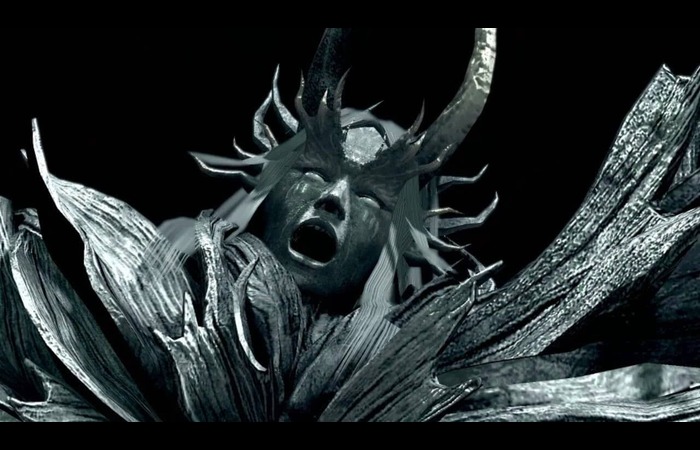
Hidden in the New Londo Ruins, the Four Kings is a formidable challenge. This fight is a DPS (Damage Per Second) race, as they can continuously spawn until defeated.
Demon Firesage (Optional)
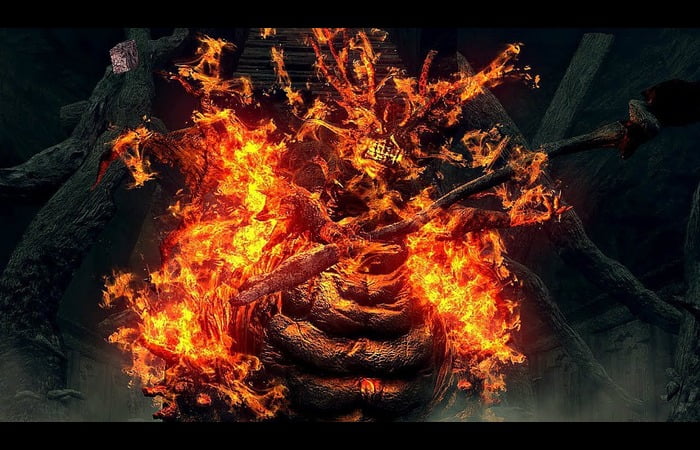
The Demon Firesage in the Demon Ruins resembles the Stray Demon but with added fire damage.
Crossbreed Priscilla (Optional)
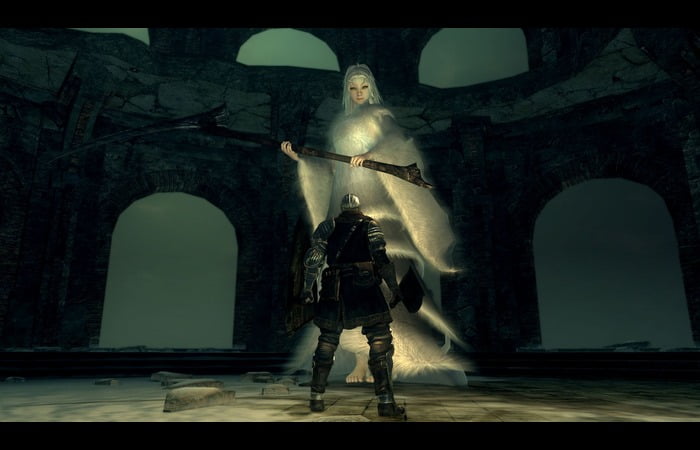
Crossbreed Priscilla, located in the Painted World of Ariamis, is a unique boss that only becomes hostile if attacked first.
Concluding the Dark Souls Boss Order
After defeating Ornstein and Smough, the game opens up significantly, allowing you to challenge bosses like Seath the Scaleless, Gravelord Nito, and the Bed of Chaos in any order before you face off against the final boss, Gwyn, Lord of Cinder.
If you’re playing the Dark Souls: Prepare to Die Edition of Dark Souls: Remastered, you’ll also encounter additional bosses in the game’s DLC areas. These include Knight Artorias, Manus, Father of the Abyss, and Black Dragon Kalameet.
Knight Artorias
Knight Artorias, located in the Royal Wood, is an aggressive and swift boss that requires precise timing to defeat.
Manus, Father of the Abyss
Manus, Father of the Abyss, is found in the Chasm of the Abyss and is considered one of the most challenging bosses in Dark Souls.
Black Dragon Kalameet (Optional)
Black Dragon Kalameet, also found in the Royal Wood, is an optional boss known for its significant damage and health.
Final Thoughts
Conquering the Dark Souls Boss Order is no easy feat, but with patience, strategy, and grit, you can overcome these formidable foes and ascend to true greatness in the world of Dark Souls. Remember, defeat is just another step toward victory in Dark Souls.
FAQs
1. What is the optimal Dark Souls Boss Order?
The generally accepted boss order in Dark Souls is Asylum Demon, Taurus Demon, Bell Gargoyles, and Moonlight. Butterfly (optional), Capra Demon, Gaping Dragon, Chaos Witch Quelaag, Iron Golem, and Ornstein and Smough.
2. Are there any optional bosses in Dark Souls?
Yes, Dark Souls features several optional bosses, including the Stray Demon, the Four Kings, the Demon Firesage, and the Crossbreed Priscilla.
3. Which boss is considered the toughest in Dark Souls?
Manus, Father of the Abyss, is widely regarded as one of the most challenging bosses in Dark Souls.
4. Can I fight the DLC bosses in Dark Souls?
If you are playing Dark Souls: Prepare to Die Edition of Dark Souls: Remastered, you can encounter DLC bosses like Knight Artorias, Manus, Father of the Abyss, and Black Dragon Kalameet.
5. How can I improve my chances of defeating the bosses in Dark Souls?
Patience, strategy, and learning the attack patterns of each boss are vital to improving your chances of defeating them. It’s also essential to upgrade your equipment and level up your character.
6. Can I choose the order in which I fight the bosses in Dark Souls?
While there is a generally recommended boss order, you can choose to tackle the bosses in a different order based on your playstyle and character-building.
7. Are any rewards for defeating the optional bosses in Dark Souls?
Defeating optional bosses in Dark Souls often grants unique weapons, armor, or other valuable items that can aid your progression in the game.
8. Is Dark Souls a challenging game?
Yes, Dark Souls is known for its challenging gameplay, requiring precise timing, careful exploration, and
strategic combat.
9. Can I replay Bosses in Dark Souls?
Once you defeat a boss in Dark Souls, you cannot replay the same boss in the same playthrough. However, you can start a new game cycle (New Game+) to face the bosses again.
10. Is there a final boss in Dark Souls?
Yes, Gwyn, Lord of Cinder, is considered the final boss of Dark Souls.

